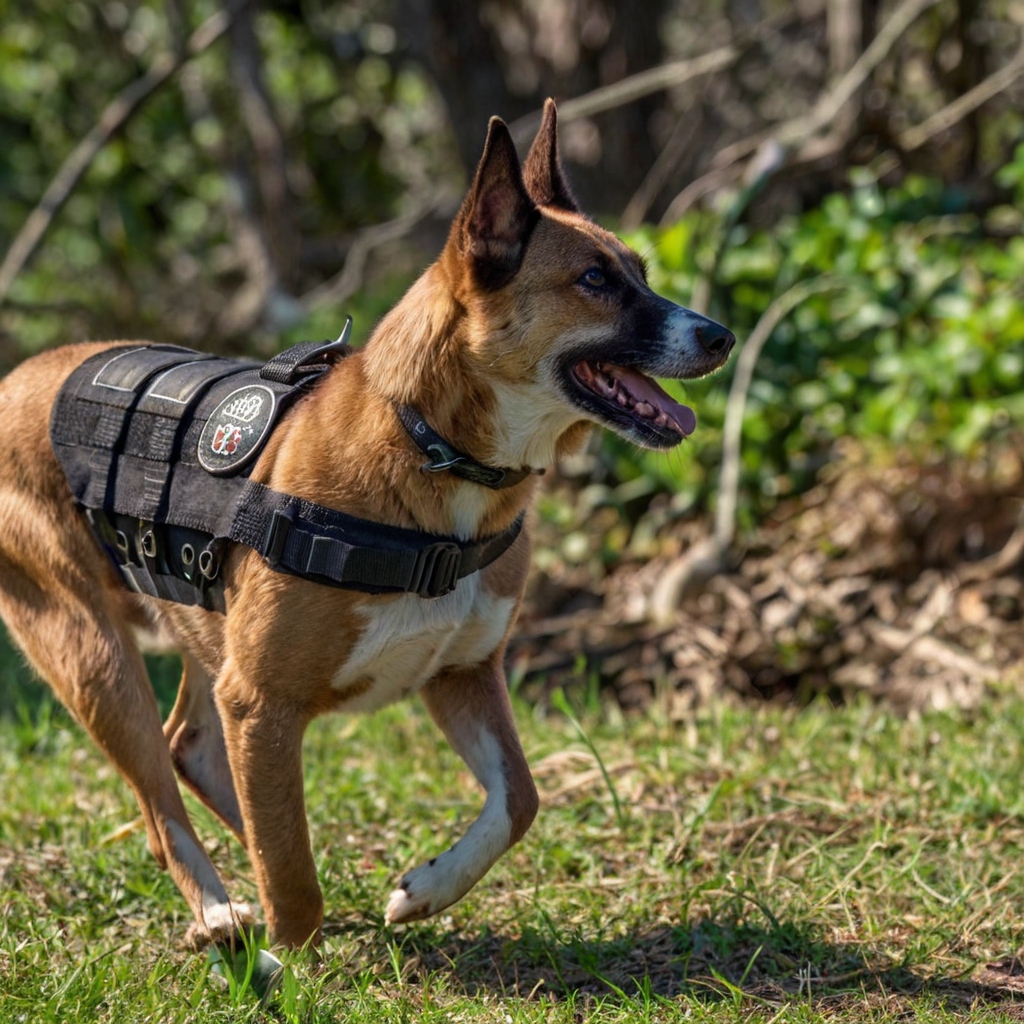Training a dog for tracking work requires patience, consistency, and positive reinforcement. It’s a challenging task that demands a strong bond between the dog and its handler, as well as a deep understanding of canine behavior and psychology. Tracking dogs are used in various fields, such as search and rescue, law enforcement, and hunting, and their ability to follow a scent trail can be a invaluable asset in a variety of situations. In this article, we’ll explore the steps involved in training a dog for tracking work, from the initial stages of introduction to the final stages of advanced training.
One of the most critical aspects of tracking training is the selection of the right breed and individual dog. Certain breeds, such as Bloodhounds, German Shepherds, and Belgian Malinois, are naturally inclined towards tracking due to their keen sense of smell and strong prey drive. However, any dog can be trained for tracking work, regardless of breed or background, as long as it possesses the necessary drive and motivation. The key is to identify a dog with a strong instinct to follow a scent trail and to capitalize on this instinct through positive reinforcement and repetition.
Introduction to Tracking
The introduction to tracking should begin at an early age, with short and simple exercises designed to stimulate the dog’s sense of smell and encourage it to follow a scent trail. This can be achieved by using a toy or treat with a strong scent and hiding it in plain sight, allowing the dog to find it and associate the scent with the reward. As the dog becomes more confident and proficient, the exercises can be gradually increased in difficulty, with longer distances, more complex trails, and varied terrain. It’s essential to keep the training sessions short and fun, with plenty of praise and rewards, to maintain the dog’s motivation and enthusiasm.
Building a Strong Foundation
Once the dog has been introduced to the basics of tracking, it’s essential to build a strong foundation of skills and knowledge. This involves teaching the dog to respond to basic commands, such as “sit,” “stay,” and “come,” as well as to walk on a leash and follow a handler. The dog should also be socialized to various environments, people, and situations, to help it develop confidence and composure in the face of distractions and challenges. A well-socialized dog is better equipped to focus on the tracking task at hand, without becoming distracted or anxious.
Advanced Training Techniques
As the dog progresses in its training, it’s time to introduce more advanced techniques and exercises. This can include:
- Triple laid trails, where the dog is required to follow a scent trail that has been laid by multiple people
- Problem solving exercises, where the dog is presented with obstacles and challenges that require it to think and adapt
- Long-distance tracking, where the dog is required to follow a scent trail over extended periods and distances
- Variable terrain tracking, where the dog is required to follow a scent trail over different types of terrain, such as woods, fields, and water
- Night tracking, where the dog is required to follow a scent trail in low-light conditions
These advanced techniques and exercises are designed to challenge the dog and push it to its limits, while also refining its skills and increasing its confidence. It’s essential to remember that every dog is different, and the training should be tailored to the individual dog’s needs and abilities.
Handler-Dog Teamwork
One of the most critical aspects of tracking work is the relationship between the handler and the dog. A strong bond and effective communication are essential for successful tracking, as the handler must be able to read the dog’s body language and behavior, and the dog must be able to trust and respond to the handler’s commands. The handler should be aware of the dog’s strengths and weaknesses, as well as its motivations and needs, and should be able to adjust the training and handling accordingly. A well-trained handler-dog team can achieve incredible results, and their partnership can be a powerful tool in a variety of situations.
Conclusion
Training a dog for tracking work requires patience, dedication, and a deep understanding of canine behavior and psychology. By introducing the dog to the basics of tracking at an early age, building a strong foundation of skills and knowledge, and gradually increasing the difficulty and complexity of the training, a dog can become a valuable asset in a variety of fields. Remember to always keep the training sessions short and fun, with plenty of praise and rewards, and to tailor the training to the individual dog’s needs and abilities. With time, effort, and practice, a dog can develop the skills and confidence needed to excel in tracking work, and the handler-dog team can become an unstoppable force.
